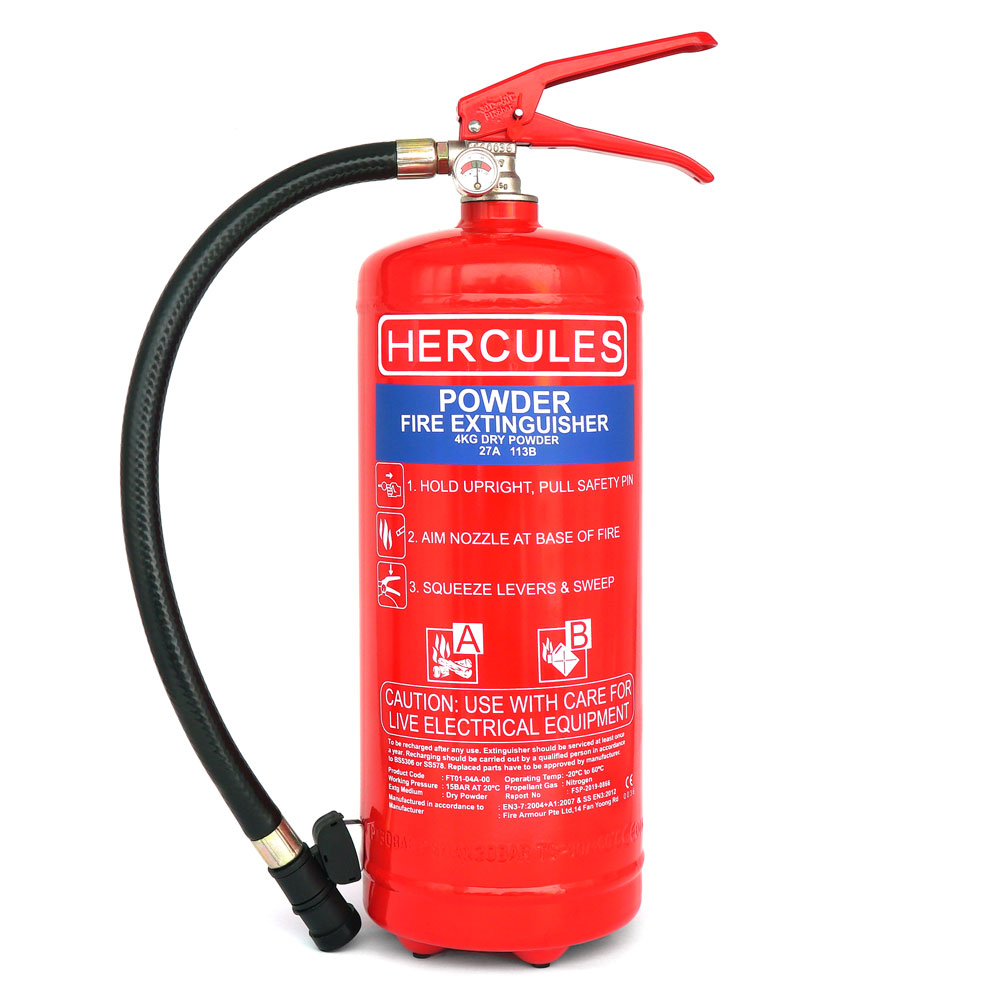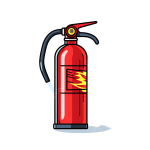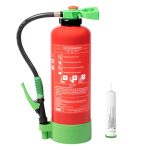Fire extinguishers are essential tools designed to help combat small fires, providing a first line of defense before the situation escalates. Knowing how to use one effectively can mean the difference between a minor incident and a disastrous fire. What is the correct way to use a fire extinguisher? This guide will cover the fundamentals of using a fire extinguisher, including the different types available, the importance of regular checks, and the step-by-step procedure for using one safely and effectively.
Understanding Fire Extinguisher Types
Different Classes of Fire Extinguishers
Fire extinguishers come in several classes, each designed to combat specific types of fires. Class A extinguishers are suitable for ordinary combustible materials such as wood, paper, and cloth. Class B extinguishers target flammable liquids like gasoline, oil, and grease. Class C extinguishers are for electrical fires, while Class D extinguishers are specifically designed for combustible metals. Finally, Class K extinguishers are used primarily in commercial kitchens for kitchen fires caused by cooking oils and fats.
Selecting the Right Extinguisher
Before using a fire extinguisher, always ensure you have the correct type for the specific fire you’re facing. Using the wrong extinguisher could exacerbate the situation; for example, using water on an electrical fire can lead to shock or further ignite the flames. Familiarize yourself with the symbols on the extinguisher label to ensure you know which classes of fires it is suitable for. Having the right extinguisher at hand is crucial for effective fire management.
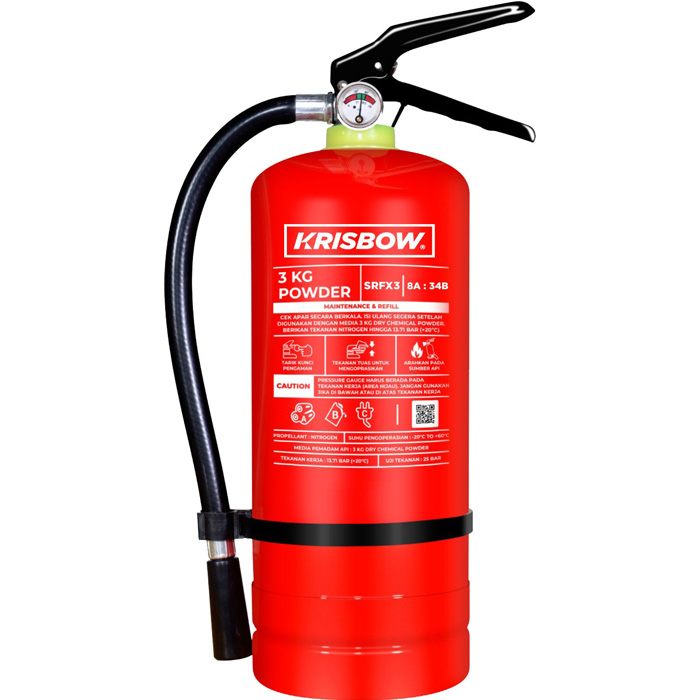
Importance of Regular Maintenance
Regular Inspections
Maintaining your fire extinguishers is essential for ensuring they will work properly in an emergency. Regular inspections should be part of your safety routine. Check the pressure gauge on the extinguisher; it should indicate whether the unit is charged and ready for use. Also, inspect for any visible signs of damage, such as rust, dents, or leaks. If you notice any damage, it’s crucial to replace or service the extinguisher immediately.
Schedule Professional Servicing
In addition to your routine checks, follow the manufacturer’s guidelines for professional inspections and servicing. Many fire extinguishers require professional servicing at least every one to six years, depending on the model. Scheduled checks ensure that all components operate correctly, giving you peace of mind that your fire extinguisher will work when needed most. Keeping accurate records of all inspections and maintenance is also helpful for compliance and safety planning.
Preparing to Use a Fire Extinguisher
Stay Calm and Assess the Situation
Before grabbing a fire extinguisher, take a moment to assess the situation. Ensure the fire is small and contained, such as a wastebasket fire or a small kitchen flare-up. If the fire is large, spreading rapidly, or poses an immediate threat to life and property, evacuate the area and call emergency services. Understanding when to fight a fire and when to retreat is crucial for personal safety.
Plan Your Escape Route
Before attempting to extinguish a fire, always have a clear escape route in mind. Position yourself with your back to an exit so that you can make a quick escape if needed. Never let the fire come between you and the exit. Your safety is the top priority, and knowing how to exit quickly can be life-saving in an emergency. Once you’re confident in your plan and the fire is manageable, you can proceed to use the extinguisher.
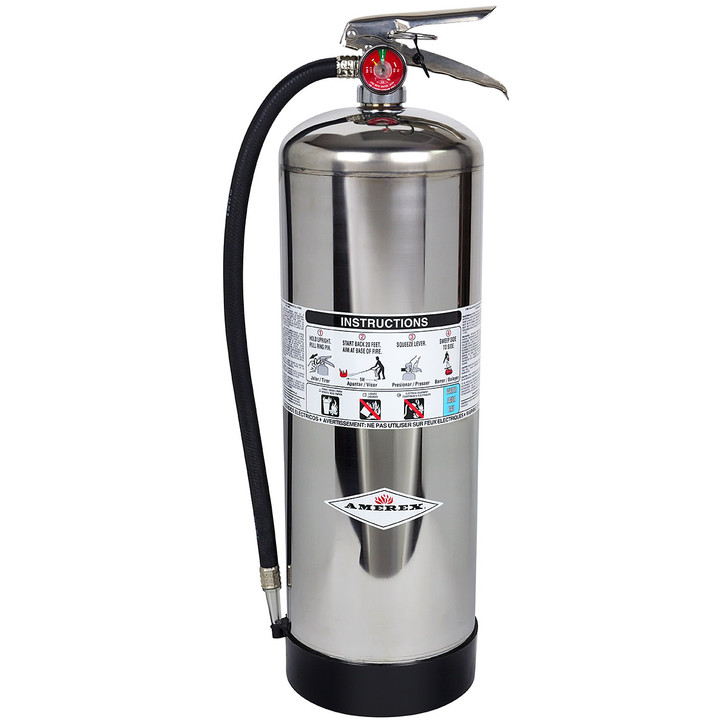
The PASS Technique
Pull the Pin
The first essential step in using a fire extinguisher is to pull the pin located at the top of the canister. This action disables the locking mechanism, allowing you to operate the extinguisher. Always remember that once you pull the pin, you cannot reinsert it, so be sure you are ready to use the extinguisher after this step.
Aim at the Base of the Fire
Next, position the nozzle of the extinguisher at the base of the fire. Aiming at the flames themselves will not effectively put them out. Instead, targeting the base allows you to interfere with the fuel source, which is crucial for extinguishing the fire. Proper aiming is vital for maximizing the effectiveness of the extinguisher.
Squeeze the Handle
After aiming, squeeze the handle or lever to release the extinguishing agent. Maintain a steady, controlled motion; shooting the agent too fast can disperse it inefficiently. Focus on covering the area at the base of the fire to eliminate the flames gradually. Be prepared for the potential kickback, especially if using larger extinguishers.
Sweep Side to Side
Finally, sweep the nozzle from side to side while maintaining your aim at the base of the fire. This sweeping motion helps to ensure even coverage of the extinguishing agent across the flames. Continue applying the agent until the fire is completely out, and there’s no smoke or flare-ups. If the fire reignites, repeat the process while maintaining your safe escape route.
After the Fire is Extinguished
Assess the Scene
Once you’ve successfully extinguished the fire, take a moment to assess the situation. Ensure that the area is safe before re-entering. Even after a fire has been quelled, there may be lingering hazards, such as hot spots or toxic fumes. Make sure the fire poses no further risk and that emergency services have not flagged any additional concerns.
Report the Incident
It’s essential to report any fire incident, regardless of how small it may seem. This information will help keep accurate records and may be beneficial for insurance claims. Understanding the cause of the fire can also aid in preventive measures for the future.
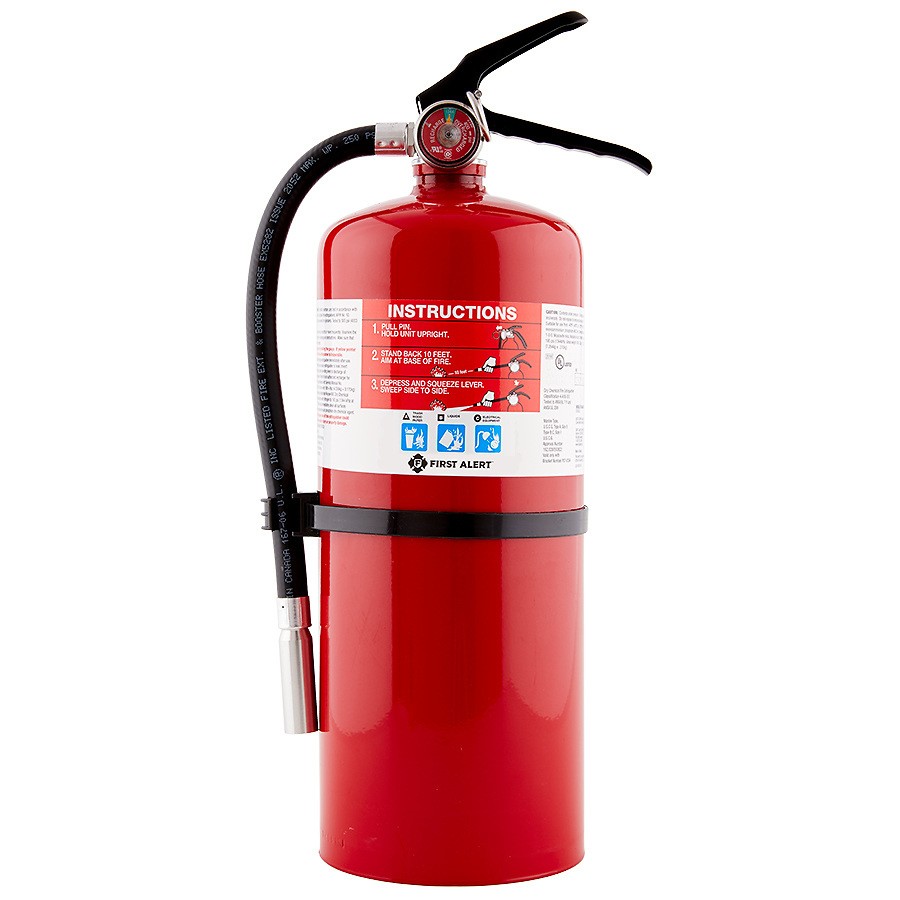
Importance of Fire Safety Training
Participating in Training Programs
Completing fire safety training is invaluable for anyone who might need to use a fire extinguisher. Many organizations offer training programs that provide hands-on experience, allowing participants to practice the PASS technique and learn more about the different types of fires. These courses can boost your confidence and prepare you for unexpected emergencies.
Engaging Your Community
In addition to personal training, encourage others in your community to participate in fire safety education. Knowledgeable individuals create a safer environment for everyone. Organizing workshops or safety meetings can foster awareness and provide valuable information about fire prevention and extinguisher use in various settings. Creating an informed community can play a crucial role in reducing the risks associated with fire hazards.
Understanding Fire Risks and Prevention
Recognizing Common Fire Hazards
Being proactive means understanding potential fire hazards within your environment. Common risks include overloaded electrical outlets, unattended cooking, and flammable materials stored too close to heat sources. Regularly inspect your home, workplace, or any environment you’re in to identify possible fire hazards and address them appropriately.
Implementing Preventive Measures
Taking preventive measures can significantly reduce the risk of fire incidents. This includes installing smoke detectors, regularly checking fire alarms, and ensuring that fire exits are accessible. Keeping fire extinguishers accessible and visible in key areas—such as kitchens, garages, and workshops—ensures they’re readily available during emergencies. Educating everyone within your space about fire safety procedures enhances the chances of prompt and efficient action in case of a fire.
Conclusion
Knowing the correct way to use a fire extinguisher can save lives and property in dangerous situations. Understanding the different types of extinguishers, regular maintenance procedures, and utilizing the PASS technique are all essential for effectively combating small fires. Being prepared extends beyond simply knowing how to use an extinguisher; it involves understanding fire risks, engaging in training, and implementing preventive measures.
By taking these steps, you can enhance your safety and the safety of those around you. Fire emergencies can occur without warning, but preparation equips you with the tools and knowledge to respond effectively when it matters most. The next time you’re in a situation where fire might flare up, remember these guidelines. Your quick thinking could make all the difference. Stay safe and be proactive about fire safety!
